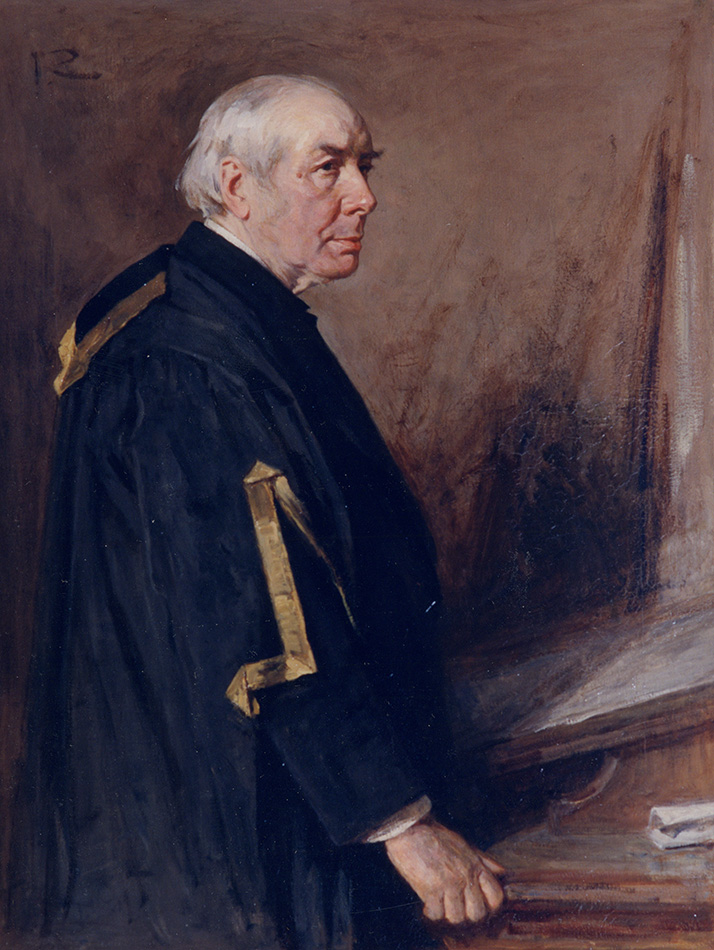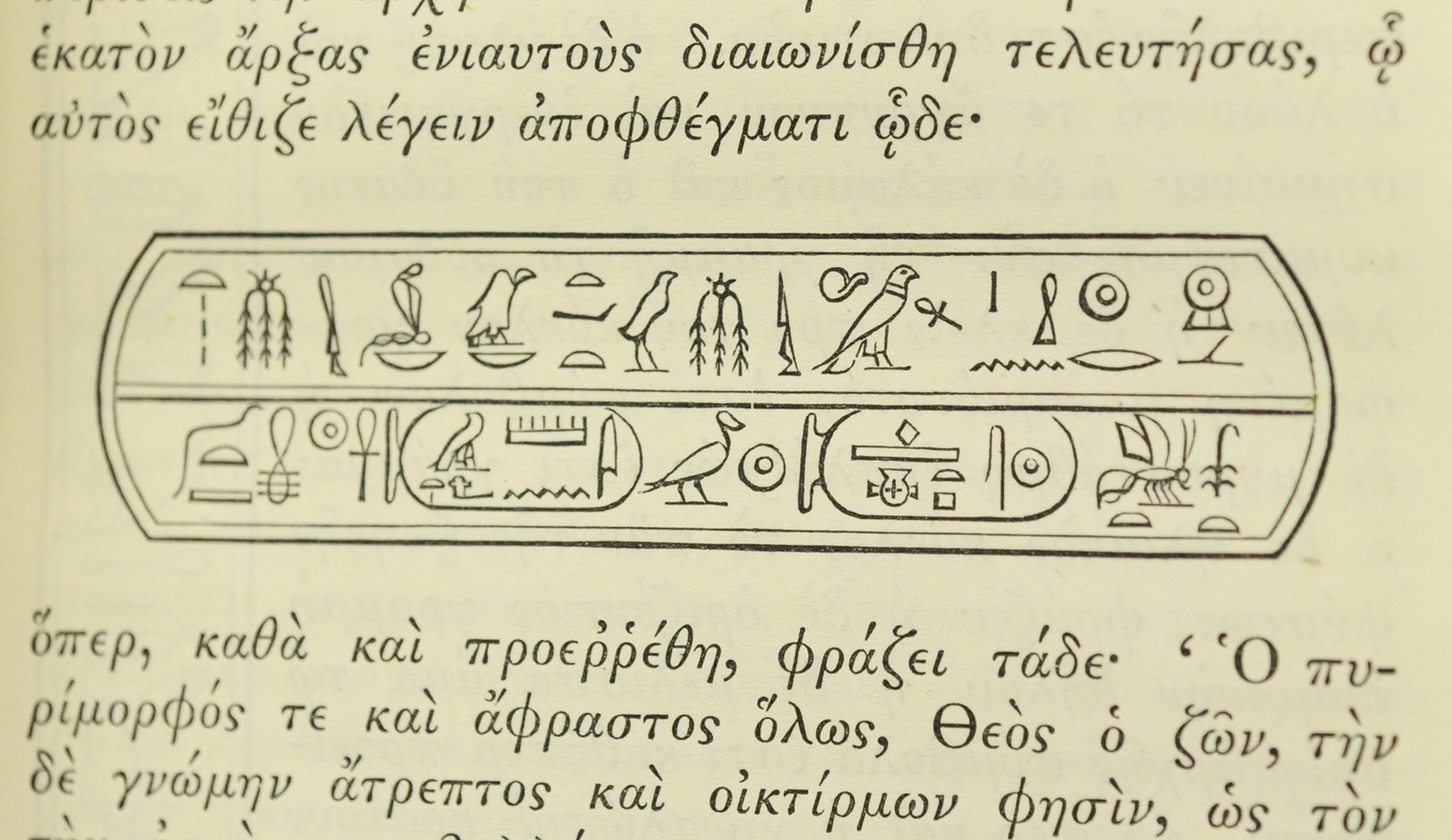Lighting the Past completes the Donaldson Collection

It took us thirteen months, but at last we’ve done it! The Donaldson Collection of printed books is finished, and its records are now online via SAULCAT. In total, the Lighting the Past team has completed 8521 bibliographic records and 9060 item records since November 2014, bringing us to a cold and dark mid-December day, full of exultation, after the realisation that this stunningly beautiful collection had been catalogued in its entirety. This is the largest collection that the Lighting the Past team has tackled to date.

Sir James Donaldson (1831-1915) was Principal of the United College in St Andrews from 1886, becoming the first Principal of the whole University from 1890, the office he held until his death, when he bequeathed his library to the University.


Donaldson was an eminent scholar in classical, biblical and theological subjects and a respected educationalist. It is enthralling to know that Special Collections also holds 12 linear metres of papers of Sir James Donaldson in the manuscript collection, which include important photography, as well as 4 metres of administrative records from his principalship. Furthermore, during our cataloguing, we have also discovered a number of unique books and two incunabula in his library. Donaldson’s passion for collecting (and also presumably reading) books is clear from books from his early youth, which still bear his youthful notes. This was a life-long passion which began early.
Having to choose examples of Classics texts from this collection has been challenging. My first choice was an enchanting two volume set full of illustrations and published in 1692 in Amsterdam: Diogenis Laertii De Vitis, Dogmatibus et Apophtegmatibus Clarorum Philosophorum).

After giving it a lot of thought I decided next on Die Hesiodische Theogonie, one of the many editions of Hesiod’s Theogony present in this collection. I love this work and wanted to avoid featuring the obvious editions of Homer, Aristophanes, Virgil or Tacitus, all of which are present, in favour of this German edition. While working on the Donaldson Collection, the Lighting the Past team has had to work on an immense number of German editions of Greek and Latin works.
Donaldson did not only own books on Classics. His collection includes theology, history, geography, education, languages and philosophy. I found the section dealing with philosophy of particular interest. Iusti Lipsi Physiologiæ Stoicorum is a wonderful Latin overview of Stoic philosophy. This edition was published in Antwerp in 1604, making this one of the oldest books in the collection. Donaldson also seems to have had an interest in the occult, owning a handful of books on magic and mysticism such as Ioannis Macarii Canonici Ariensis Abraxas, Sev Apistopistus, published in 1657, with some superb illustrations.

Donaldson owned books in a large number of languages. One would expect English, German, Latin and Ancient Greek but there are books in Italian, French, Spanish, Modern Greek, Dutch, Sanskrit, Hindi, Syrian, Persian, Icelandic and Ethiopic too. Of these, the Book of Ezra from the Ethiopic Bible is a stunning example of a work written in an alphabet extremely different to what any of us in the Lighting the Past team are used to. Classicists and Mediævalists will be grateful that the editor, Richard Laurence, has included a facing Latin edition of the text.

Exceedingly interesting was, for me, the first edition of An Icelandic to English Dictionary by Cleasby and Vigfússon from 1874, the revised edition of which is still the best dictionary used by scholars of Old Icelandic (and ever present on my desk). Speaking of unusual languages, Επιστολιμαία Περί Ιερογυφικών Γραμμάτων, is possibly the most peculiar book in the collection. It was written by a Greek author, Constantine Simonides, published in Greek in London and Liverpool, and is a dissertation about Hieroglyphics.

The folio collection of Donaldson includes a ‘bound-with’, the sixth part of which is W. Spielberg’s Der Papyrus Libbey Ein Ägyptischer Heiratsvertrag , which includes three stupendous facsimile pictures of papyrus manuscripts. It also contains hieroglyphics, making it a nice companion to the aforementioned book by Simonides. My favourite large volume is the magnificent Του Εν Αγίοις Πατρός Ημών Ιουστίνου, Φιλοσόφου Και Μάρτυρος, Σωζόμενα. It has a ravishing illustration of Justin Martyr. This book includes both Ancient Greek and a facing translation in Latin, reminding us of Donaldson the classicist, but it is also about a theologian and philosopher, reminiscent of Donaldson’s other interests. To my mind, this volume encompasses a great deal of all that makes up the Donaldson Collection.

Looking at all those books, one is bound to ask – could Sir James read all those languages? Did he actually read almost ten thousand books? For my part, I wouldn’t bet that he knew Ethiopian! Maybe he did not end up reading each of the more than thirty different editions of Cicero (this would be a challenge that Cicero himself would find discouraging), but after having worked on his collection I can perceive the passion Donaldson felt in collecting these books and his dedication to his research.

It took us more than a year to complete this collection, and having worked on almost ten thousand works sounds daunting. We are proud to have brought these works back from their previously uncatalogued state. However, the end of this task is also marked by sorrow, the sorrow of knowing that the days of working on such a lovely collection of Ancient Greek and Latin works are over.

The Donaldson Collection, because of its magnificent number of works on the Classics, best represents the University’s motto: Αἰὲν Ἀριστεύειν, (Ever to Excel) since that is exactly what Donaldson did in his passion for collecting books. Now it is time to move to the Low Collection, a mere 750 volumes, dwarfed by the grandeur of Sir James Donaldson’s, but with new and different challenges.
Vittorio Mattioli
Lighting the Past Cataloguer
How can you tease me like this? Do you know what the music is? (I could have a look for you next time I visit Martyrs' Kirk?)
[…] and Twitter. Some blog posts focused upon a specific collection, such as those on the Crombie and Donaldson Collections – although as it turns out, at the time a large part of the Donaldson Collection was […]